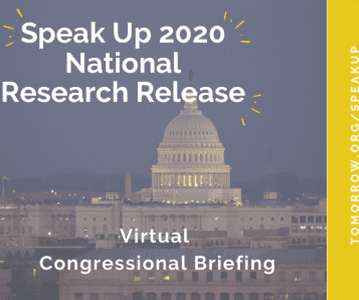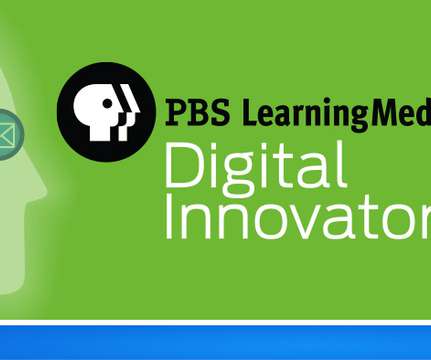Speak Up 2020 Congressional Briefing: Release of the National Research Findings
edWeb.net
DECEMBER 14, 2020
Julie Evans, CEO of Project Tomorrow, and Christina Fleming, Vice President of Blackboard K12, presented the Speak Up 2019-2020 National Findings titled Digital Learning During the Pandemic: Emerging Evidence of an Education Transformation. You can follow Eileen on Twitter @EileenBelastock. She lives in Maryland. Join the Community.















Let's personalize your content